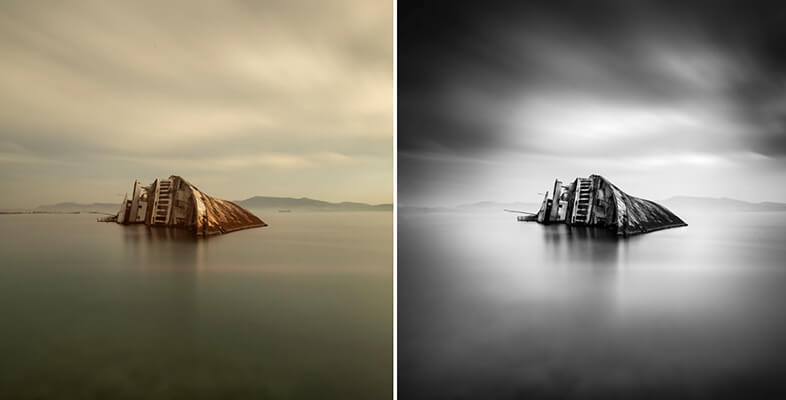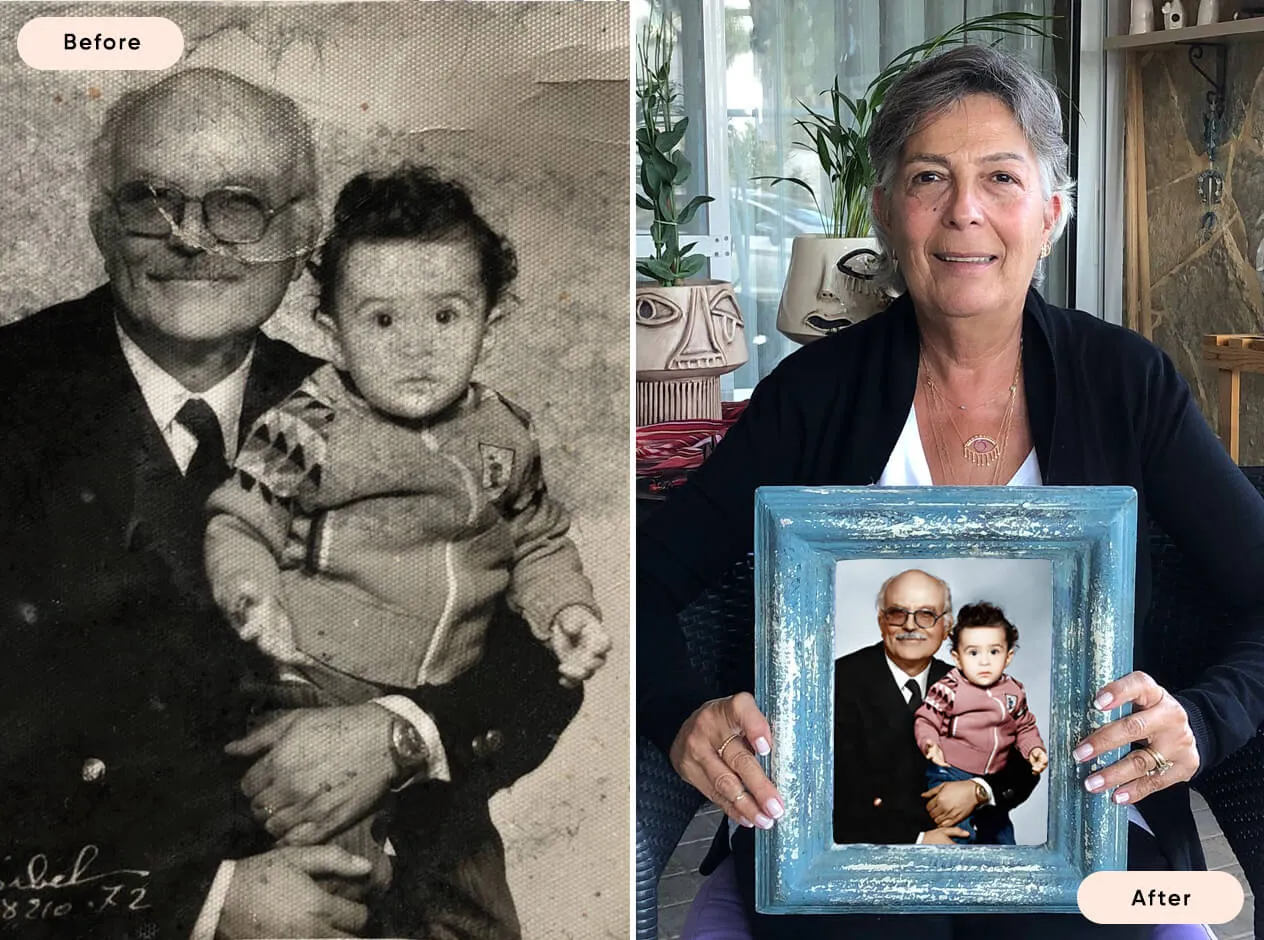What Is Contrast In Photography?
Photography is an art form that relies heavily on the interplay between light and shadow, and one of the most crucial elements in achieving a visually compelling image is contrast. This fundamental characteristic is what sets a photograph apart, drawing the viewer's eye and emphasizing the subject. In this article, we will explore the definition of contrast, why it is essential in photography, and how photographers can effectively use this technique to enhance their work.
What Is Contrast?
In simplest terms, contrast refers to the difference in luminance or color that makes an object distinguishable. This difference can be seen between the lightest and darkest parts of an image, as well as in variations in color saturation and hue. High contrast images feature bright highlights and deep shadows, creating a dramatic and striking effect. Conversely, low contrast images exhibit minimal differences in tones, often appearing softer and more subdued.
Contrast can be measured in various ways, including tonal contrast, which deals with the brightness difference, and color contrast, which focuses on the distinction between different colors. Tonal contrast is often what photographers use to create depth and dimension within their images. For instance, a portrait shot with high contrast can highlight facial features and textures, while a landscape photo with low contrast can produce a dreamlike atmosphere.

Why Do Photographers Use This Technique?
Photographers utilize contrast for several reasons, making it an indispensable tool in their craft. Here are a few key motivations behind the use of contrast in photography:
Emphasizing the Subject: By manipulating contrast, photographers can draw attention to the main subject of their image. High contrast backgrounds can make the subject pop, ensuring that the viewer's gaze is directed where it needs to be. For example, a bright flower against a dark background captures the viewer’s attention immediately.
Creating Mood and Emotion: Different levels of contrast can evoke different feelings in the viewer. High contrast can create tension and drama, making an image feel intense or energetic. On the other hand, low contrast can instill a sense of calm, nostalgia, or softness. Photographers often use this to convey emotions in their imagery, crafting a story that resonates with the audience.
Enhancing Composition: Contrast can significantly impact the overall composition of a photograph. It can help to establish balance and harmony within the frame. By using contrasting elements, such as light and dark areas or complementary colors, photographers can guide the viewer's eye through the photograph, enhancing the visual experience.
In conclusion, contrast is a vital component of photography that plays a pivotal role in shape and story in an image. Understanding and effectively using contrast enables photographers to create visually stunning and emotionally impactful works. Whether through tonal distinctions or color differences, mastering contrast can elevate any photograph to new heights, making it an essential skill for photographers of all levels.

Or Get YourMoney Back
back your money in the rare case you are not satisfied with the quality of your
damage-free pictures. Only $38 for most image restorations regardless of damage

All rights reserved.